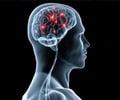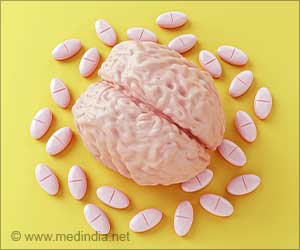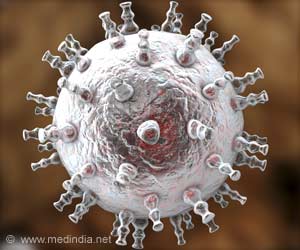Complex tasks are made easier with practice and it is no different with motor control as well.
Complex tasks are made easier with practice and it is no different with motor control as well. All that is required is to get the nervous system used to the task at hand over and over again.
In this week's issue of PLoS Biology, new research reveals that macaque monkeys can achieve a kind of consolidation of motor memory when using a neuroprosthetic device to complete a motor action. The finding could have a role in increasing the ease with which physically disabled people can master the control of artificial limbs and other disembodied devices.Scientists at the University of California, Berkeley, taught macaque monkeys to use their own brain signals to move a computer cursor to various targets using a prosthetic device, and as the monkeys learned to proficiently use the robotic device, the researchers monitored their brain signals. The scientists learned that the brain develops a mental map of the solution to the task, and that the neural patterns persisted without deviation, much like a driver sticks to a given route commuting to work.
"When your own body performs motor tasks repeatedly, the movements become almost automatic," said study principal investigator Jose Carmena. "The profound part of our study is that this is all happening with something that is not part of one's own body. We have demonstrated that the brain is able to form a motor memory to control a disembodied device in a way that mirrors how it controls its own body. That has never been shown before."
Researchers have previously demonstrated that rodents, non-human primates and humans are able to control robotic devices or computer cursors in real time using only brain signals. But what had not been clear before was whether such a skill had been consolidated as a motor memory. The new study suggests that the brain is capable of creating a stable, mental representation of a disembodied device so that it can be controlled with little effort.
To demonstrate this, Carmena and Karunesh Ganguly, a post-doctoral fellow in Carmena's laboratory, used a mathematical model, or "decoder." The decoder, analogous to a simplified spinal cord, translated the signals from the brain's motor cortex into movement of the cursor.
It took about four to five days of practice for the monkeys to master precise control of the cursor. Once they did, they completed the task easily and quickly for the next two weeks.
Advertisement
There are three major features scientists associate with motor memory; stability – once a motor memory is consolidated it is difficult to change, rapid recall upon demand, and resistance to interference when new skills are learned. All three elements were demonstrated by the macaques in the UC Berkeley study.
Advertisement
As the monkeys were mastering the second decoder, the researchers would suddenly switch back to the original decoder and saw that the monkeys could immediately perform the task without missing a beat. The ability to switch back and forth between the two decoders shows a level of neural plasticity never before associated with the control of a prosthetic device.
"This is a study that says that maybe one day, we can really think of the ultimate neuroprosthetic device that humans can use to perform many different tasks in a more natural way," said Carmena.
"Beyond its clinical applications this line of research sheds light on how the brain assembles and organizes neurons, and how it forms a motor memory to control the prosthetic device," Carmena said. "These are important, fundamental questions about how the brain learns in general."
Source-Eurekalert
RAS














